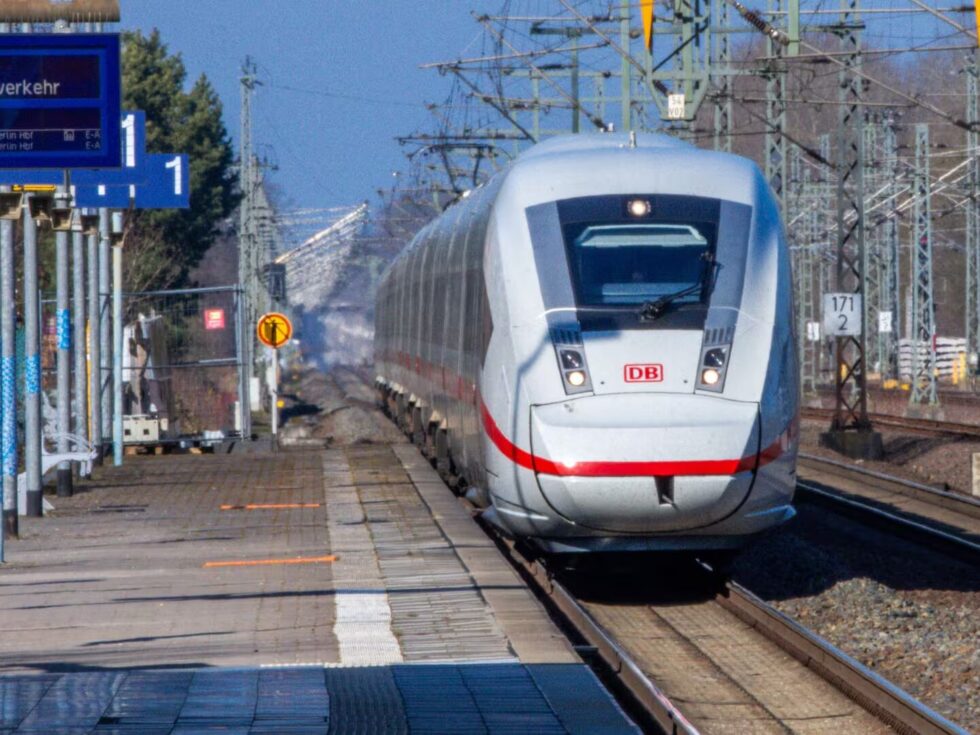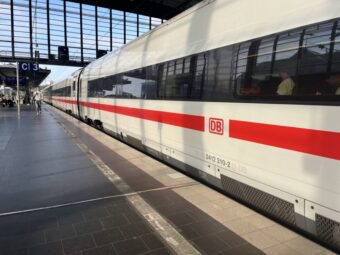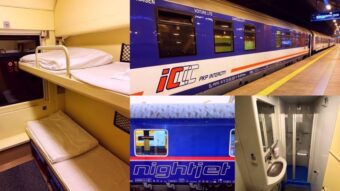Unpunctual Trains: How Deutsche Bahn Plans to Boost Capacity and Reliability

Frankfurt am Main, October 10, 2025 – For many travelers in Germany, the story is familiar: a supposedly punctual ICE train slows down just a few hundred meters before entering the station. “Our onward journey is delayed for a few minutes, as our track is still occupied,” announces the loudspeaker. Passengers sigh, frustration spreads through the carriage, and the atmosphere turns tense. These delays are not exceptions but part of everyday life on many of Germany’s major routes, particularly around central stations that have reached their operational limits, reports G.business citing heise.de.
Railway bottlenecks and growing demand
Germany’s main railway stations are vital hubs where long-distance, regional, and local services intersect. Millions of passengers rely on them for connections every day. Yet, in the national debate about a more reliable rail system and the need for expansion, these crucial nodes are often neglected. Public focus tends to fall on new high-speed lines like Hamburg–Hanover or Bielefeld–Hanover, but the real pressure points lie in the overloaded stations at the heart of Germany’s biggest cities.
Projections suggest that by 2040, the number of train passengers will double. To accommodate this surge, the rail network must expand its infrastructure significantly — more space for trains, passengers, and logistics. But the physical and technical limits of many central stations make this a complex challenge for Deutsche Bahn.
Deutsche Bahn’s modernization strategy
Deutsche Bahn is investing heavily in modernizing key transport nodes, including Hamburg, Hanover, and Frankfurt am Main. These upgrades include additional platforms, new underground connections, and digital control systems designed to reduce congestion and improve punctuality. Terminal stations, which currently act as choke points, will be restructured to allow more fluid movement of trains.
In Frankfurt, the proposed long-distance rail tunnel project aims to convert the city’s terminus into a through-station, freeing up space and improving the overall network flow. Similar measures are being considered in Hamburg and Hanover, where passenger volumes have increased faster than capacity expansions.
The company’s subsidiary DB InfraGo, responsible for over 5,400 of Germany’s 5,700 passenger stations, plays a key role in this transformation. Since 2024, DB InfraGo has been coordinating modernization, accessibility upgrades, and the rollout of automated signaling systems. Its mission is to create a digital, integrated, and efficient railway network capable of handling Germany’s growing mobility demands.
Smart solutions for punctual trains
Experts agree that technological innovation will be crucial for achieving punctuality and reliability. Deutsche Bahn plans to implement real-time traffic control systems, smart scheduling, and AI-driven capacity management to optimize rail operations. These systems can predict delays, reroute trains dynamically, and improve coordination between regional and intercity services.
Yet infrastructure remains the key: digital tools alone cannot solve physical congestion. Expanding platforms, upgrading tracks, and redesigning stations will determine whether Germany’s rail system can meet its ambitious 2040 goals. A failure to act decisively would risk undermining the country’s broader transportation and climate targets.
Stay connected for news that works — timely, factual, and free from opinion — and insights that matter now: Gold Hits Record $4,000 as Investors Flee to Safety Amid Global Instability

